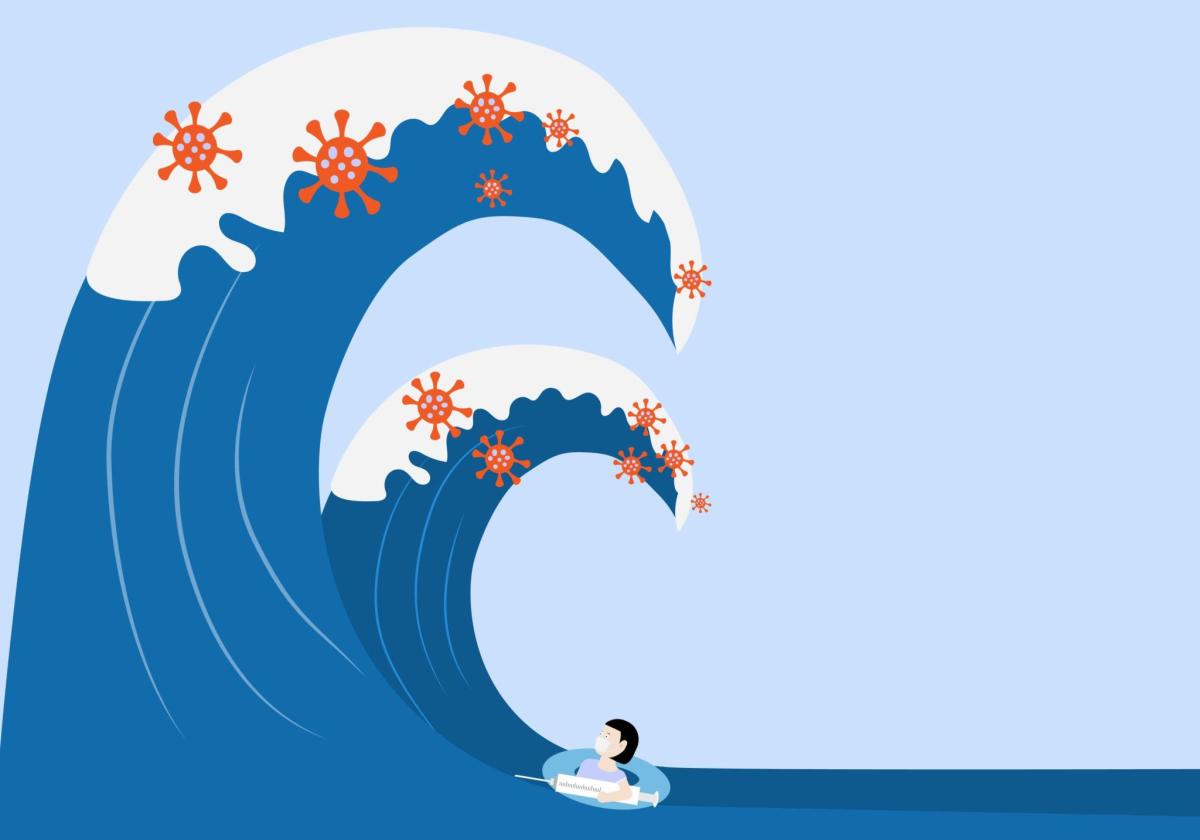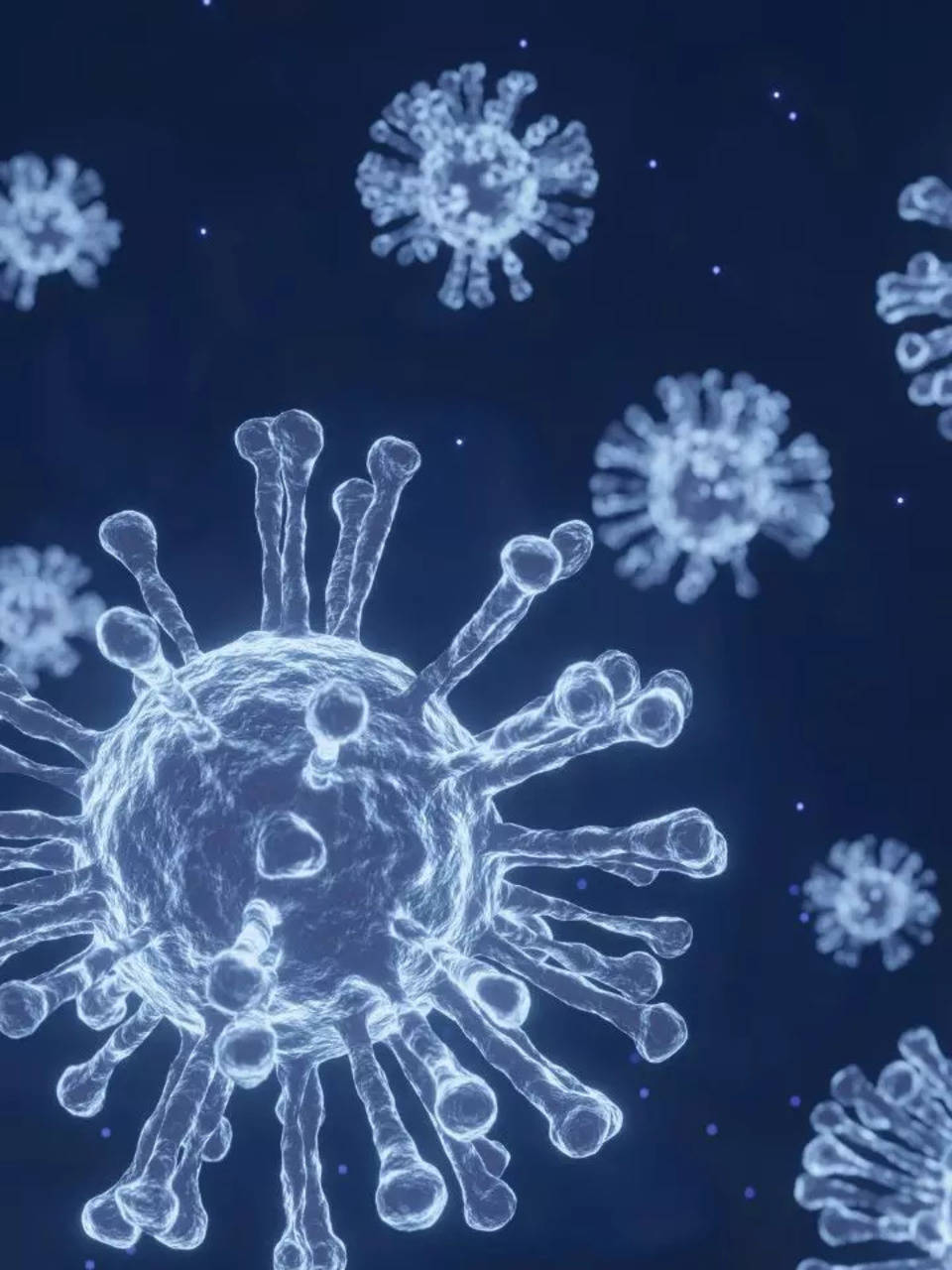The COVID-19 pandemic entered its fifth year in 2024 with both promising new developments as well as emerging concerns. While increased vaccination rates and improved treatments generated optimism about finally overcoming the outbreak that began in late 2019, the recent emergence of a new variant named JN1 threatens to undo that progress.
Public health experts have been tracking the JN1 variant closely since its initial detection in late 2023. Characterized by a unique set of mutations, JN1 spreads even faster than previous strains and evades immune system defenses built up through combinations of past infection and vaccination. These traits enabled JN1 to rapidly overtake the variants that preceded it to become the dominant strain now circulating globally.
JN1 Variant’s Emergence Triggers New Surge of Infections
The JN1 variant first emerged last November in several different locations around the world, including the United States. By early January 2024, JN1 accounted for over 60% of new U.S. COVID-19 cases, and its prevalence continues rising each week according to CDC tracking.
JN1’s rapid growth as a share of COVID-19 cases
The combination of JN1’s increased transmissibility and immune evasion has epidemiologists gravely concerned. Average daily infection rates now exceed summer 2022’s peak, while forecasts predict over 200,000 Americans contracting JN1 per day by early February. With limited natural immunity, low booster shot uptake compared to original vaccination drives, and the continued emergence of new subvariants, cases may continue rising substantially in the coming months absent mitigation measures. Canada, the UK, Israel, and other countries closely mirror the JN1 surge happening stateside.
Dr. Amesh Adalja of Johns Hopkins University summarized the threat: “JN1 has genetic mutations that prior variants lacked to spread exponentially fast. That evolutionary development seriously challenges the protection offered even by the latest bivalent boosters.” Without urgent efforts to raise immunization levels and curb transmission through masks and social distancing, experts believe much of the world faces another overwhelming wave.
Unique Symptoms Aid Tracking of JN1 Infections
Compared to the ancestral COVID-19 strain and other earlier variants like Delta and Omicron, the constellation of symptoms most commonly reported in JN1 infections differs noticeably:
- Fever
- Chills
- Cough
- Fatigue
- Sneezing
- Night sweats
- Loss of appetite
These symptoms still resemble a bad cold or flu. But the addition of night sweats along with a lowered frequency of issues like shortness of breath or headaches helped clinicians recognize the start of the JN1 wave.
How common various symptoms appear in JN1 cases
For individual patients, tracking symptoms remains important for assessing disease progression and recovery. Doctors advise contacting emergency services if seriously debilitating symptoms emerge like:
- Trouble breathing
- Confusion
- Inability to stay awake
- Pale, gray, or blue-colored skin, lips, or nail beds
While the uniqueness of the JN1 variant’s clinical presentation assisted monitoring, it also decreased the accuracy of at-home rapid tests designed around earlier strains. Multiple studies found rapid tests only identify around 75% of JN1 infections compared to over 90% previously. Experts attribute these results both to JN1’s mutations directly and also potential changes in viral load profiles compared to Delta and Omicron. This decreased test sensitivity means that some individuals feeling ill could still unknowably spread COVID-19 after falsely testing negative.
Long COVID Remains Persistent Complication
In addition to JN1’s acute symptoms, the post-viral condition known as “long COVID” continues afflicting a sizable minority of patients – including children.
Surveys identified over 25% of infected kids still battling fatigue, brain fog, headaches, and other lingering effects months later at levels noticeably impacting their quality of life. Adults generally face long COVID at slightly higher rates nearing 30%.
Doctors remain unsure what specifically causes these extended complications and have few proven treatments. Leading theories suggest that vascular damage, autoimmune reactions, or reservoirs of latent virus hiding in organs trigger chronic inflammation that produces this wide array of complaints.
Researchers recently uncovered additionally worrying signs that risk of Alzheimer’s, Parkinson’s, and other neurodegenerative conditions increase following even mild COVID-19 cases. Whether long COVID arises from similar neurological damage pathways remains under investigation. Regardless, these long-term impacts on still unknown fractions of patients demonstrate that solely tracking COVID-19’s death toll underestimates its full damage.
Balanced Perspective Required on Continued Pandemic Fight
Clearly the emergence of the highly transmissible JN1 variant that broadly evades existing immune defenses raises the risk of another overwhelming wave of infections – one impacting healthcare systems struggling with simultaneous surges of flu and RSV as well. This prospect renewed calls for returning to masking mandates and mandatory indoor capacity restrictions in some areas.
However, others argue that populations worldwide display very little willingness to sustain major curbs on activity at this stage. They contend that efforts should focus instead on raising awareness around assessing personal risk levels and voluntary protective steps like improving ventilation, donning high-quality masks during travel, and socializing outdoors.
In their view, the key goals now are nudging more individuals to get updated boosters calibrated to JN1 while funneling extra resources to shoring up hospital staffing and cementing permanent upgrades like UV disinfection systems. Rather than restrictive policies likely to be ignored, preparing institutions to smoothly handle increased caseloads could minimize societal disruption.
Striking the right balance between pragmatic and perfectionist policies poses complex tradeoffs with high stakes and few easy answers. Regardless of whatever measures authorities select in the coming weeks to respond to JN1’s rise, individuals staying informed and making wise choices around their health arguably constitutes the most critical element for navigating the unfolding situation.
With vaccination rates continuing to inch higher in fits and starts as new boosters deploy globally combined with expanded access to antivirals like Paxlovid, there exist reasons for hope about eventually ending COVID-19’s grip during 2024. But before reaching that point, the world must first weather the storm of infections whipped up by the JN1 variant’s emergence during these winter months.
Heeding the warnings of experts and applying lessons learned earlier in the pandemic gives society solid chances of succeeding. However, failure to take the renewed threat seriously until loss of life again mounts risks perpetuating the stop-start cycle of receding and cresting waves that left populations emotionally exhausted. JN1’s rapid rise pressingly demonstrates that SARS-CoV-2’s continued evolution warrants vigilance alongside adjusting proven precautions to counter its latest form.
To err is human, but AI does it too. Whilst factual data is used in the production of these articles, the content is written entirely by AI. Double check any facts you intend to rely on with another source.



![Related image from Fortune [https://fortune.com]](https://www.bridgeguys.com/wp-content/uploads/2024/01/news_about_variant-150x150.jpg)

